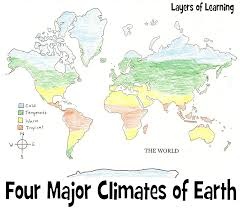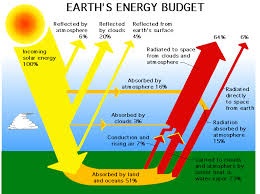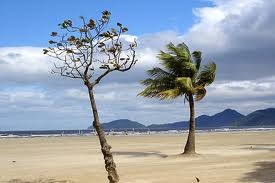WEATHER

Our earth is enclosed by a coating of gases. This layer or envelope of gases is called atmosphere. It has water steam in it. There are dust particles also.
The atmosphere is also receiving heat from the sun and the earth. Owing to all these things, the form of the atmosphere does not stay the same at all times. Sometimes, it is very hot exterior, sometimes; we have to go out with an umbrella. Sometimes, there is less wetness in air. At another time, it is humid. Likewise, the air also has diverse speed at different times. The state of atmosphere at an exacting time with respect to temperature, moisture, stress, and speed of air is called weather. Weather changes when all or any of these variables changes.

CLIMATE. Climate is a common form of atmosphere. It refers to the average weather conditions of an area over a longer period. Climate is significant to plants, animals and human life. Plants and animals can live only in certain climates. They cannot live in a climate other than their own. Some plants adapt in special ways. The long fur of mountain animals helps them to survive cold and freezing climates. People also regulate what they have on. They decide what kinds of homes they build, and what kinds of crops they produce.

FACTORS THAT MAKE WEATHER. The elements or factors that reason changes in weather are:
- Energy in the atmosphere.
- Winds.
- Water in the atmosphere.
- Precipitation.

ENERGY IN THE ATMOSPHERE. The power of the sun is in the form of beam rays. There are water drops and dust particles in air. They send back some of these rays into space. Ozone layer also absorbs some rays. Rest of the rays come in the atmosphere in the form of light. This light has heat energy in it. This heat energy is engrossed by the earth and air. Therefore, the temperature of the earth and atmosphere increases. As a result, we have a hot weather.

WINDS. The temperature of the earth is not the same all over. Where the temperature is lesser, the air is denser. Where the temperature is elevated, the air is fewer dense. Dense and cool air has a high pressure, and the less dense and hot air has a low pressure. Hot air moves upward. There becomes a vacuum below hot-air areas. Cool air moves to these areas to fill the void. This results in a gush of air. This air in movement is called wind. Winds are of two kinds, Local Winds, and Global Winds.

WATER IN THE ATMOSPHERE. Water from large bodies escapes into the air in the form of water vapour. Living things also add water vapor into the air. Water enters the roots of plants, rises to the leaves, and is unconfined as water vapour. This all adds moisture in air. The amount of moisture in air is called hurmidity. The amount of humidity in air depends on the temperature of air.

PRECIPITATION. Water evaporates into the air from every water facade on earth and from living things. This water finally returns to the earth surface as precipitation. Precipitation is any form of water that falls from clouds and reaches the earth surface. Rain, sleet, freezing rain, hail and snow are ordinary types of precipitation. Different types of precipitation affect weather in different ways. Rain gives us a rainy day. It is very cold when snow falls.

With Regards.
Sharafat Sheikh
Blogger: FilmAnnex.



